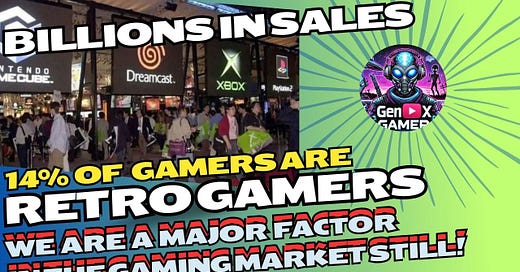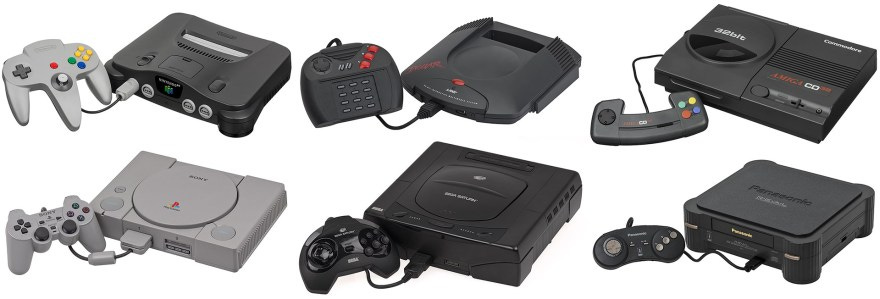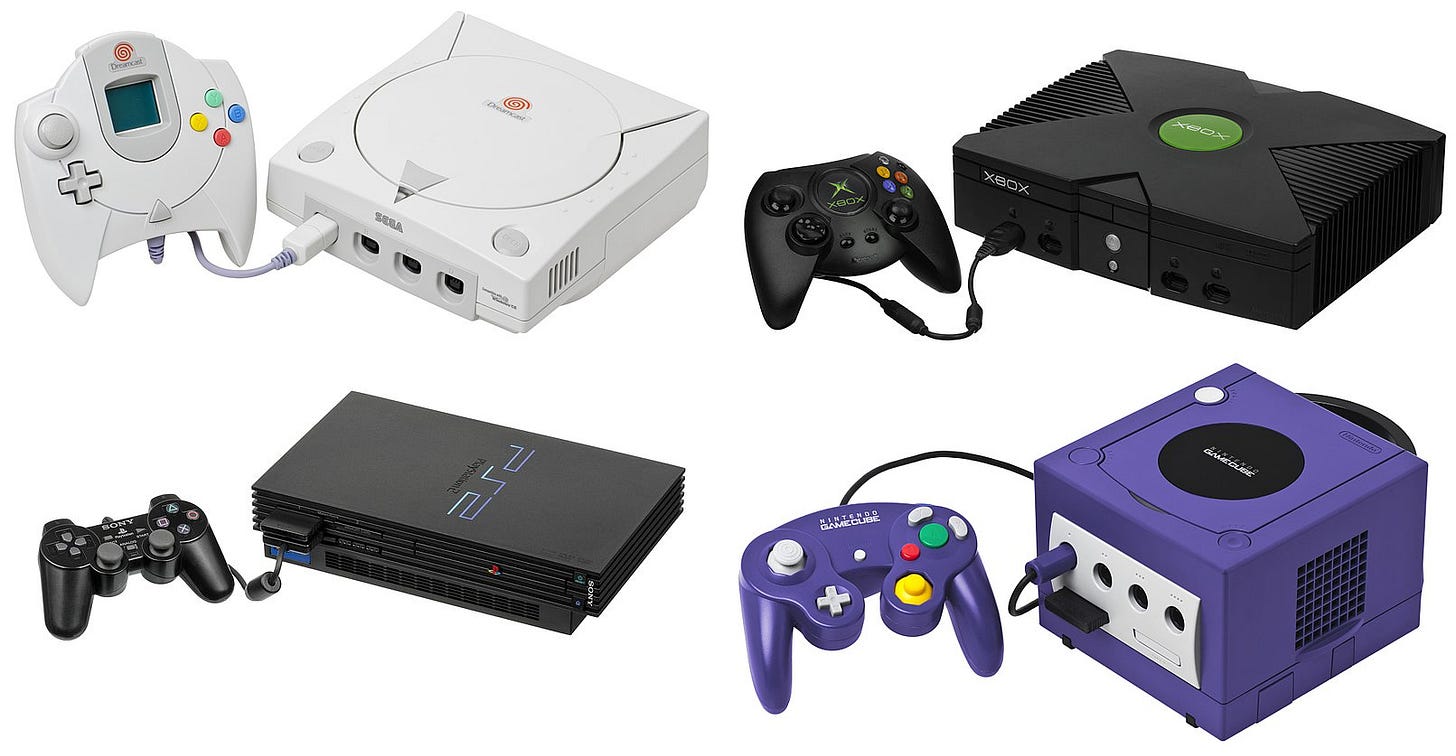A Market Hidden in Plain Sight
The retro video game has never been stronger just look at the prices and popularity that is all over social media. The market is a fascinating and often underrepresented in the sales figures of the gaming industry. New releases and AAA titles dominate headlines, still many millions of gamers continue to play classic consoles and retro games. Based on available data, I estimate base on the figures that I see publicly available, that the retro gaming market could be anywhere from $3 billion to $10 billion annually. Of course this using as a base the 14% that consumer affairs just came up with their survey. I’m giving myself a 5% margin of error because so much of the market can’t be accounted for because of personal, internet, convention and hardware sales that are hard to quantify.
The Numbers Behind the Retro Revival
According to the Entertainment Software Association, approximately 190.6 million Americans play video games in 2024, representing 61% of the U.S. population. A Consumer Reports survey found that 14% of gamers still actively use retro gaming consoles such as the NES, Sega Genesis, TurboGrafx-16, PlayStation, Dreamcast, PS2, GameCube, and Game Boy. Applying this percentage to the total gaming population, we estimate that around 26.7 million Americans engage in retro gaming. That is a lot of customers!
With the total U.S. video game content revenue reaching $50.6 billion in 2024, we can estimate that retro gaming accounts for approximately $7.08 billion annually if spending habits are proportional to the broader gaming community. However, this estimate only accounts for software sales, not hardware, accessories, or memorabilia, suggesting the total market could be even larger. For the sake of argument let’s make the market 5 billion at minimum, that is a lot of clams my friends.
A Market Driven by Nostalgia and Collectability
The resurgence of retro gaming is fueled by multiple factors, including nostalgia, game preservation, and the increasing value of physical media, driven up by fans and specifically ramped up by retro gaming YouTubers. Many gamers seek to relive their childhood experiences, while others appreciate the simplicity and creativity of classic titles. Additionally, the rarity and collectability of certain games and consoles have driven prices up in recent years, making retro gaming not just a pastime but an investment for many enthusiasts.
Unlike modern digital sales, retro game transactions frequently occur in private marketplaces, collector forums, retro gaming conventions, and second-hand retailers. This decentralized nature makes it difficult to track exact sales figures, leading to a wide-ranging estimate of the market size.
Beyond Just Games: The Hardware Factor
While our estimate primarily focuses on retro game sales, the hardware market is another crucial component. Many collectors and gamers actively seek working NES, Genesis, TurboGrafx-16, PSX, Saturn, Dreamcast, and GameCube systems, often requiring refurbishing or repair services. Companies have even begun manufacturing modern reproductions of classic consoles to meet demand, such as Analogue's premium retro consoles that play original cartridges. The longevity of this demand suggests that retro gaming is far from a passing trend.
The Future of Retro Gaming: A Market That Will Stand the Test of Time
Looking ahead, the retro gaming market is poised to maintain its presence in the industry. As today’s gamers age, their attachment to childhood gaming experiences will persist, ensuring demand for classic titles and systems. Future retirement homes may feature arcade machines and retro consoles as a way to keep residents entertained, and with digital preservation efforts expanding, access to retro games will become even more widespread.
While retro gaming may never rival the financial dominance of new releases and live-service games, it will remain a staple of the gaming landscape. Whether through nostalgia-driven collectors or new generations discovering the joys of classic titles, the market will continue to thrive for years to come. The past may be old, but in gaming, the past never truly dies—it just gets another playthrough.
References
Images Linked
Entertainment Software Association. (2024). Essential Facts About the U.S. Video Game Industry. Retrieved from https://www.theesa.com/resources/essential-facts-about-the-us-video-game-industry/2024-data/
GameWorldObserver. (2025). US Games Market 2024 Revenue Hits $58.6 Billion. Retrieved from https://gameworldobserver.com/2025/01/23/us-games-market-2024-revenue-58-6-billion-circana/
Consumer Reports. (2024). Holding On to Physical Media. Retrieved from https://www.consumerreports.org/electronics/media-formats/holding-on-to-phy








